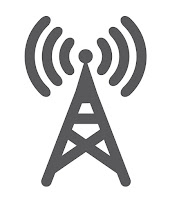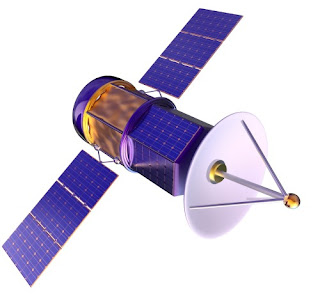 |
Magnetic Level Indicator
Courtesy Orion |
The magnetic level indicator (MLI), also called a magnetically coupled liquid level indicator or a magnetic level gauge, is in wide-spread use throughout process industries around the world. Originally designed as an alternative to sight glass gauges, MLIs are now commonly specified in new construction and plant expansions.
Principle of Operation
Magnetic level indicators use magnetic force couple the position of a float to a scale that indicates actual liquid level in a tank. The float movement and scale can be used to activate a switch or provide continuous level data via a transmitter. Unlike a sight glass, magnetic coupling allows the MLI to indicate liquid levels without direct contact between the externally-mounted visual indicator and the fluid in the vessel.
A magnetic field consists of imaginary lines of flux originating from the north and south poles and completely surround the magnet. This field acts on other objects (magnets or ferromagnetic materials) through these forces. When a magnetic field acts upon another body with sufficient force to influence it, the pair are said to be magnetically coupled to each other. In the case of a magnetic level indicator, the float is magnetically coupled to the indicator scale.
The MLI float, located inside the chamber and specifically engineered to provide proper buoyancy in the targeted fluid, dynamically tracks the surface of the liquid as it rises and falls. The magnet assembly inside the float generates a magnetic field that penetrates through the chamber wall to couple with the visual indicator.
Typical applications include:
- Alkylation units
- Boiler drums
- Feedwater heaters
- Industrial boilers
- Oil / Water separators
- Process vessels
- Propane vessels
- Storage tanks
- Surge tanks
- Wastewater tanks
Advantages of the MLI
A magnetic level indicator is often used in applications where a sight glass (or glass sight gauge) is unsafe, environmentally risky, or difficult to see.
Typical shortcomings of glass sight gauges include:
- High pressures, extreme temperatures, deteriorating seals, and toxic or corrosive materials may cause a risk of fugitive emission of dangerous substances.
- Some chemical materials within a process vessel or storage tank can attack the glass, causing discoloration of the sight gauge, thus decreasing level visibility.
- Liquid/liquid interfaces can be very difficult to read in a sight glass particularly if the liquids are of similar color. Clear liquids can also be difficult to see in a sight glass.
- Liquids that tend to coat or build-up on surfaces can hinder visibility by forming an opaque film on the glass.
- To cover a large measuring span, sight glass assemblies typically must be staggered using multiple sections.
Key reasons for selecting an MLI over a sight glass are:
- Improved safety due to the absence of fragile glass and a substantially reduced number of potential leak points.
- Greatly increased visibility
- Reduced maintenance.
- Easier initial installation and addition of transmitters and switches without interrupting the process
- Lower long-term cost of ownership and legitimate return-on-investment benefits.
- Single chamber measurement over 20 ft. (6 m) without staggering chambers.
When using a transmitter in conjunction with a magnetic level indicator, consider using a wireless connection to deliver the process signal from the transmitter to the monitoring and control unit.
Analynk has effective solutions that can be easily implemented. A
video shows an application example.






